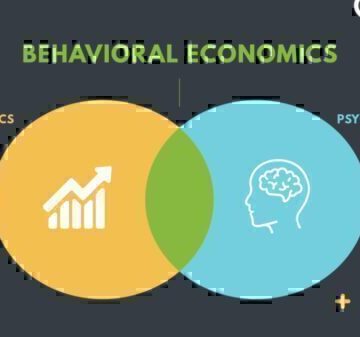A Tax Refund Anticipation Loan (RAL) is a loan made by a lender that is based on an anticipated federal income tax refund. Tax refund loans are offered starting in January through the end of the tax season in April.
Taxpayers are generally charged fees and interest to obtain a tax refund loan. The full amount of the tax refund loan must be repaid even if the refund is lower than the amount anticipated.
How Does the Tax Refund Loan Process Work?
When you receive a RAL, you are lent the amount of your tax refund. Often interest and fees are taken out of the loan. When the government sends the refund check, it is deposited into the bank that made the loan. If the refund is smaller than you thought, the full amount of the loan must still be repaid.
How Much Does a Tax Refund Loan Cost?
The cost of a RAL can vary. You should understand all the costs that are part of this type of loan. Tax refund loans often carry very high-interest rates. There are often other charges like E-filing fees, application fees and a fee to cash the loan check. When all the costs of a RAL are added up, you can be spending more than 10% of your refund to get the money a few days sooner.
Be sure to always read the fine print and ask a lot of questions before signing up for a RAL. Remember that most people who E-file receive their refunds in less than 10 days. Paying the costs associated with a RAL could be a large price to pay for getting your money a few days quicker.
Where Can I Get a Tax Refund Loan?
Tax refund loans are available through some banks. Some tax preparation companies also work with banks to offer tax refund loans.
Pros and Cons of a Tax Refund Loan
The advantage of a tax refund loan is that you can get the money fairly quickly. Many people take advantage of this option because they need funds immediately.
However, the fees associated with a RAL — including E-filing and/or application fees — can add up quickly and take out more than 10% of your refund. You also run the risk of receiving a refund that was less than you thought. In this situation, you are stuck paying back the difference to your lender at a high-interest rate.
Before deciding on a RAL, make sure you know the answers to the following questions:
- What is the interest rate?
- What fees are you being charged?
- What happens if your tax refund is less than you thought it would be?
Alternatives to RALs
There is a simple way to avoid the high costs and risks of RALs and get your tax refund back quickly. Consider E-filing your taxes and request direct deposit. When you E-file, you can ask the IRS and the state to electronically deposit the refund directly into your bank account. It often takes 10 business days to receive funds from the IRS. The state takes about 4-5 business days.
Based on your financial situation, it may also be possible to take out a different type of loan with more favorable terms.
If you are having trouble keeping up with your debts, it might help to talk to someone. GreenPath offers free debt and credit consultations.
Sarah Teets has worked at GreenPath for over 25 years. In her current position as Senior Client Advocate, Sarah helps people find the housing resources they need through our housing hotline and enjoys assisting them towards a better financial future. She also has an additional role as a bankruptcy counselor. Sarah lives with her husband and son in Port Huron, Michigan.
GreenPath Financial Service
GreenPath, A Financial Resource
If you’re interested in building healthy financial habits, paying down debt, or saving for what matters most, take a look at these free financial tools.










